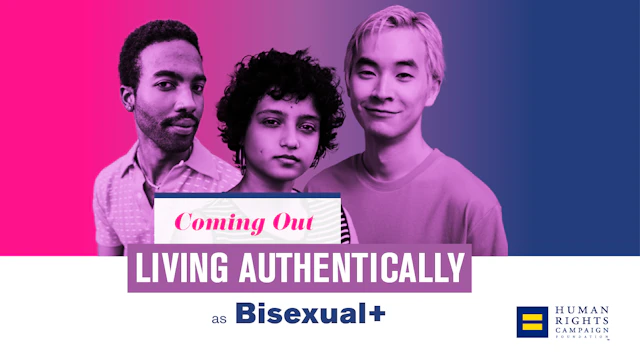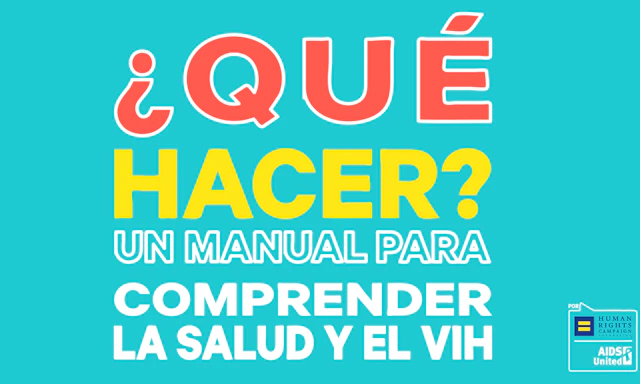
Cookies in use
Resource Guide to Coming Out as Bisexual

Coming out is different for every person. For bisexual people, coming out can present some unique challenges. As bisexual people, we face skepticism and stereotypes about our sexuality, we are ignored and excluded from LGBTQ+ spaces, and we are often invisible to each other - challenges that can make coming out a complicated process.
Coming out can also be wonderful. It can relieve the stress of having to hide part of yourself, and it gives you the ability to bring your whole self to your life and your relationships. It can also give you the chance to be a role model to others and help you connect with the bisexual community and others who support and celebrate your identity.
This guide is designed to prepare you for potential challenges of coming out as bisexual and to give you the tools to come out and live openly wherever and whenever you are safe, able and ready.

Coming Out: Living Authentically as Bisexual+
No matter who we are or whom we love, our identities are valid, and we deserve the right to live openly as our authentic selves.
- Topics:
- Bisexual
- Coming Out
- Research
Love conquers hate.


